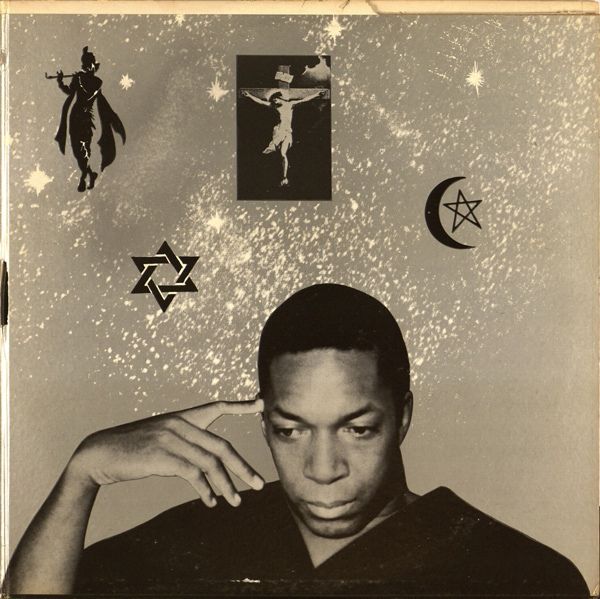
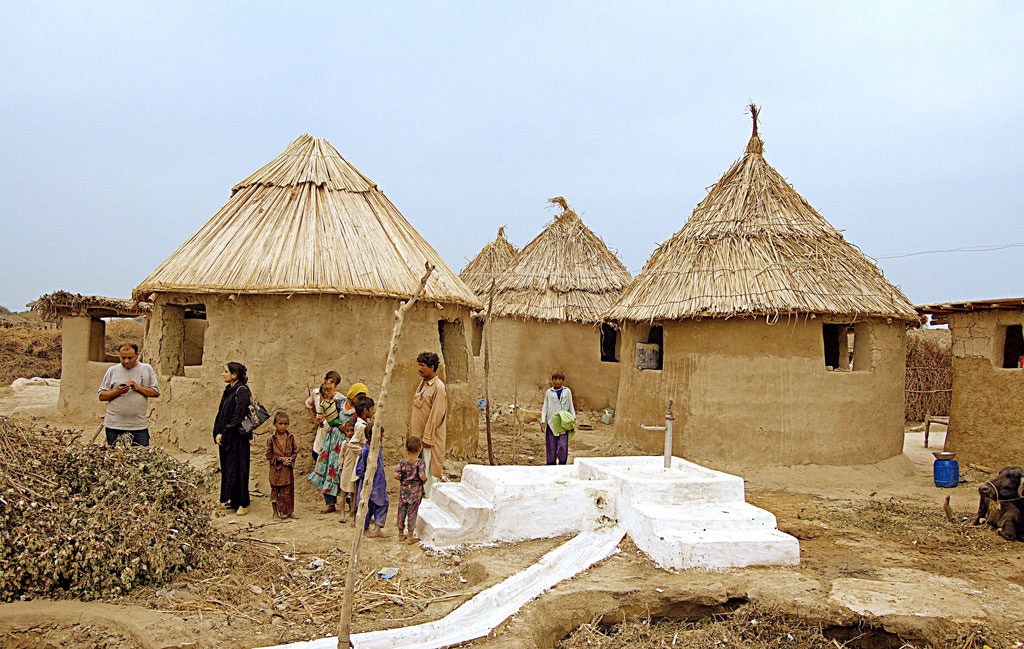
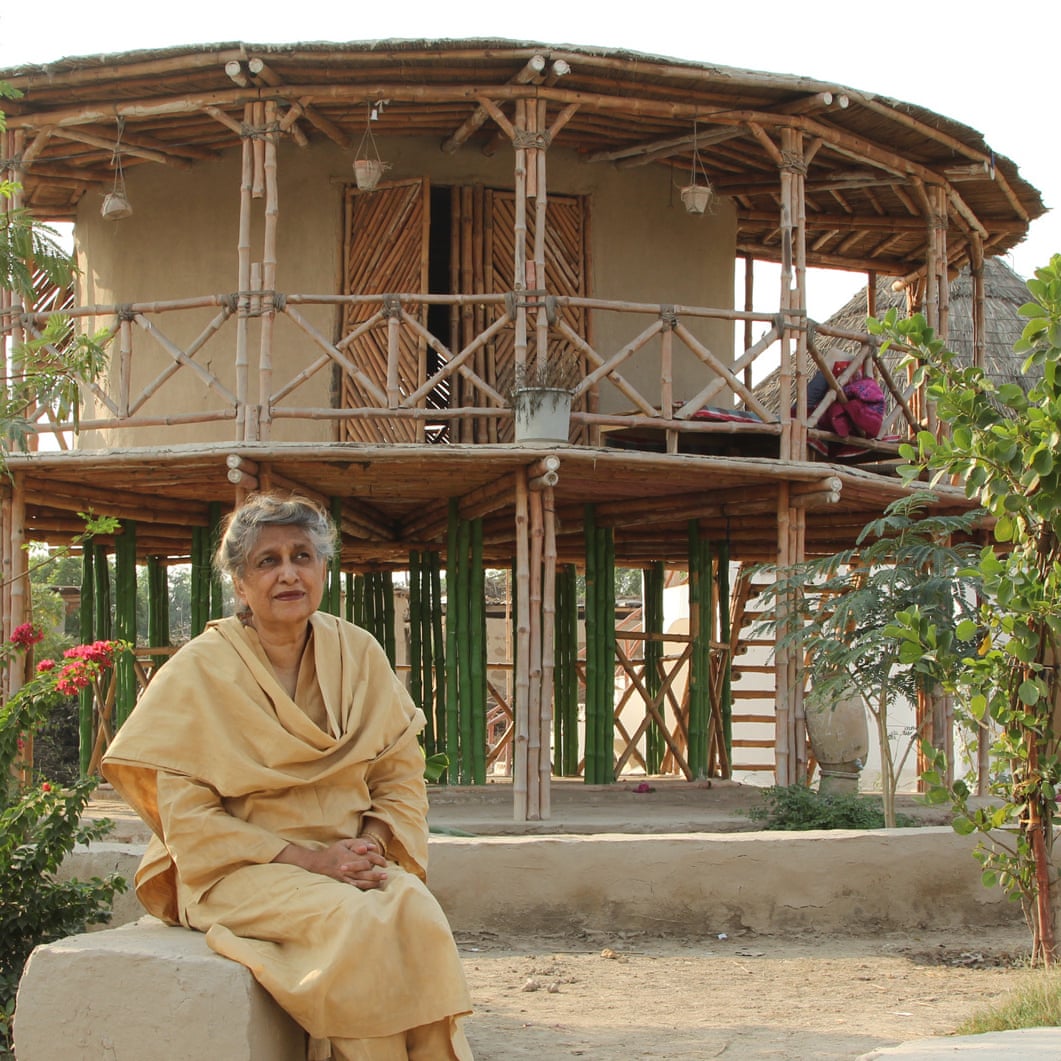
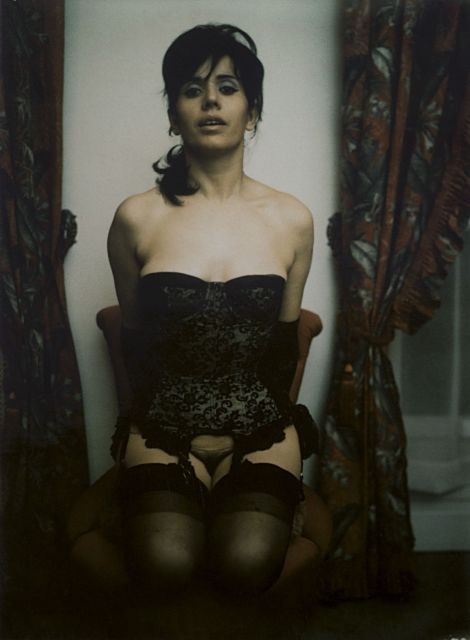
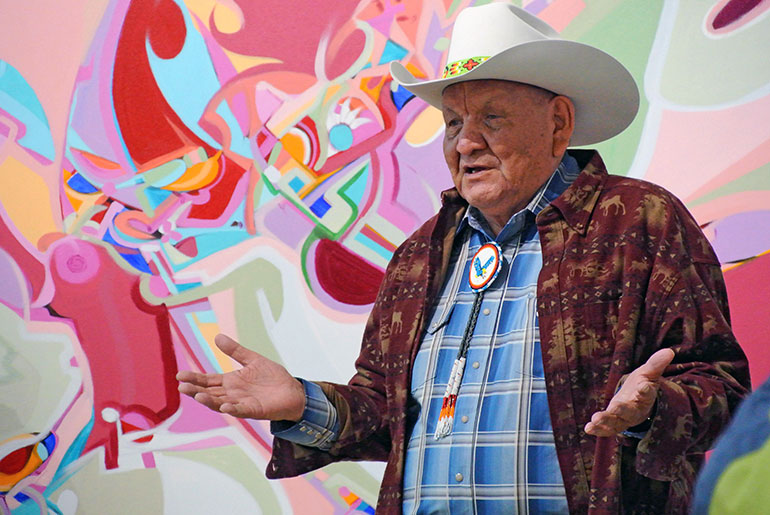

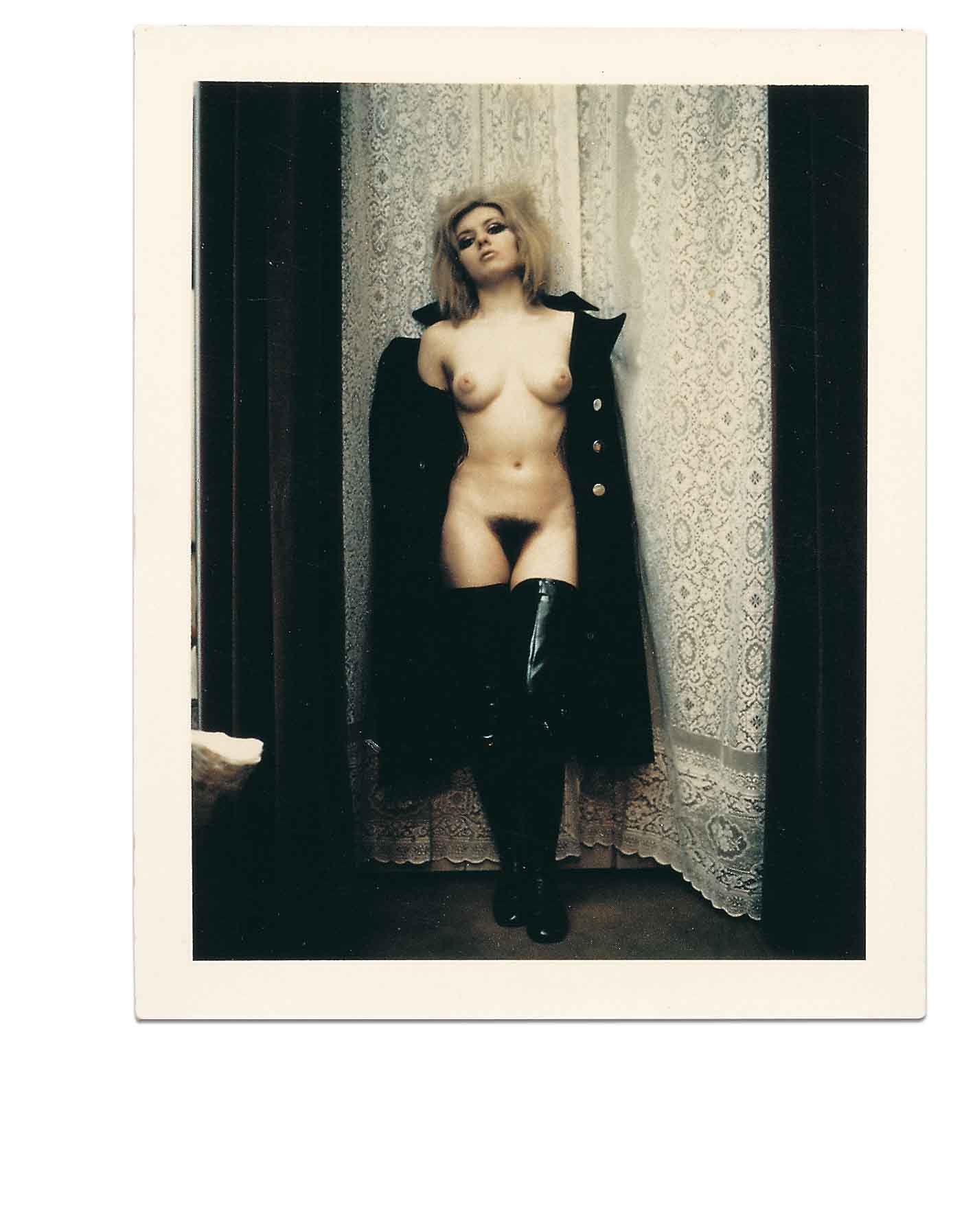
My name is Jodie McKague. I am interested in ideas related to architecture and the feminine, mythologies including Celtic mythology, bodies as architecture, patterns and frequencies that guide and direct our realities in an unseen way but leave traces in the physical realm, and to ideas relating to toxic masculinity and the female gaze. I would like to explore using nude middle-aged male figure as a canvas ideas relating to toxic masculinity and the power of the gaze and space holding. I am interested in architecture and forms that create circles of holistic community and energetic flow - especially in ways that support the feminine, and in exploring consistencies between music, colour, mass, and the energy field of the human body. I am also interested in advanced information being accessed through meditation, root systems, bodies of water and telepathy, and in questioning how advanced our current ways of accessing information truly are. Ultimately, I want to explore how patriararchial systems have created material form we are now questioning and have created for bodies of all genders and life forms, toxic ways of moving through time and space. By exploring these ideas, I hope to have insight into new ways of viewing and creating art and architecture that represents a new paradigm.
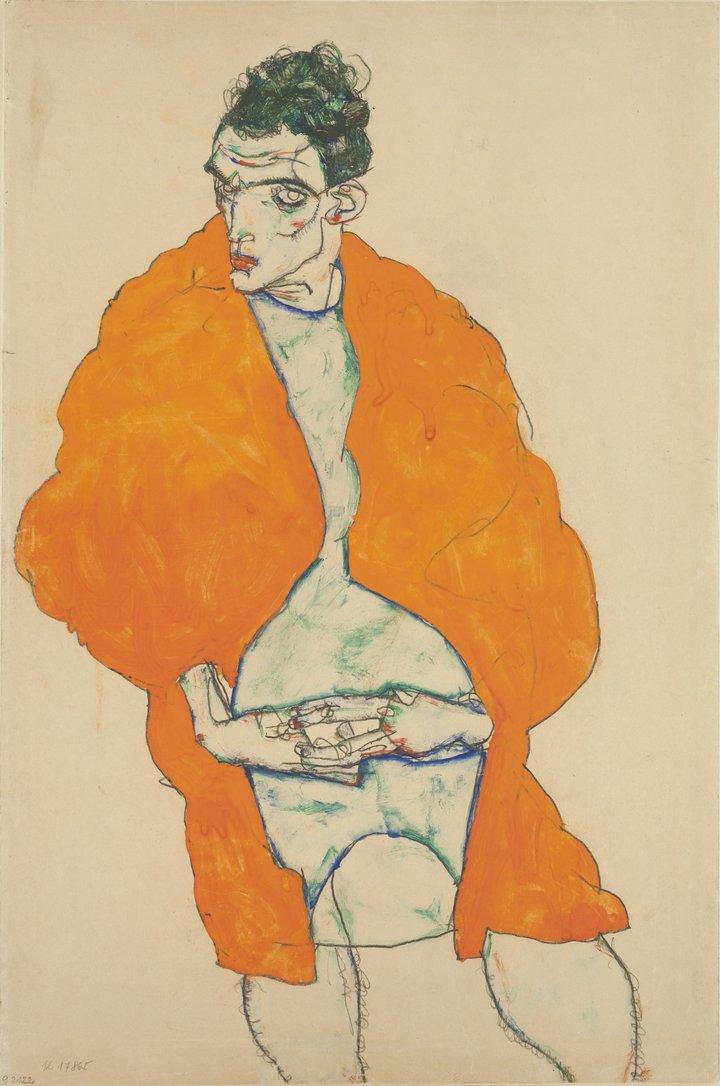
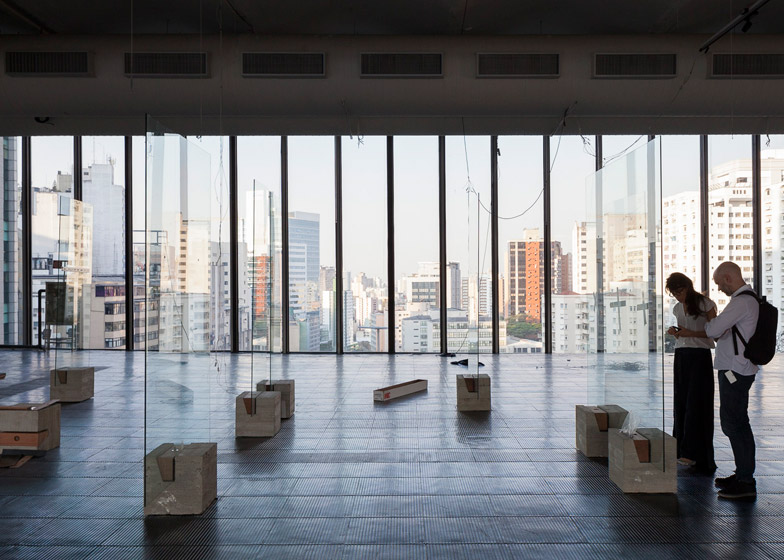
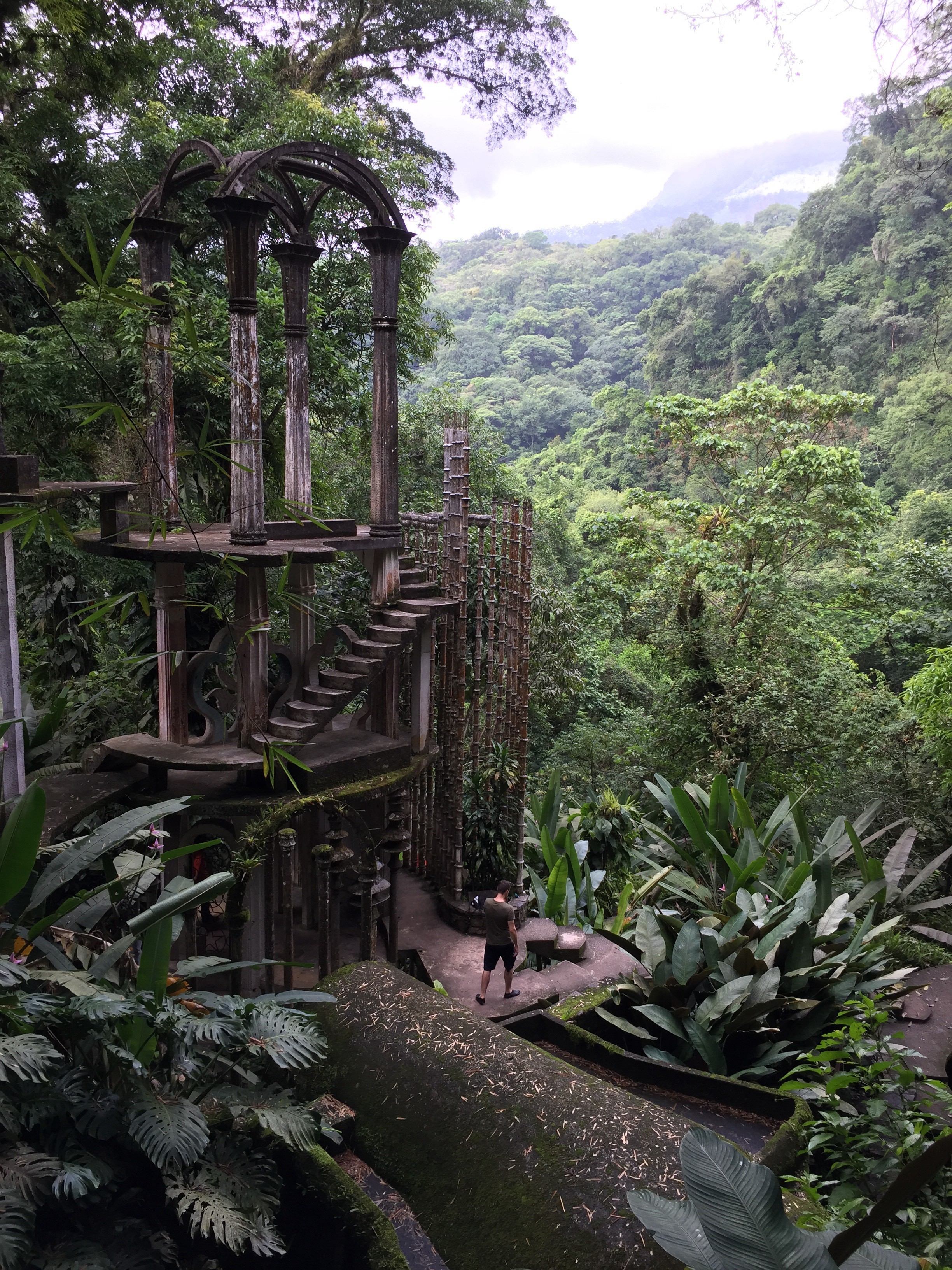
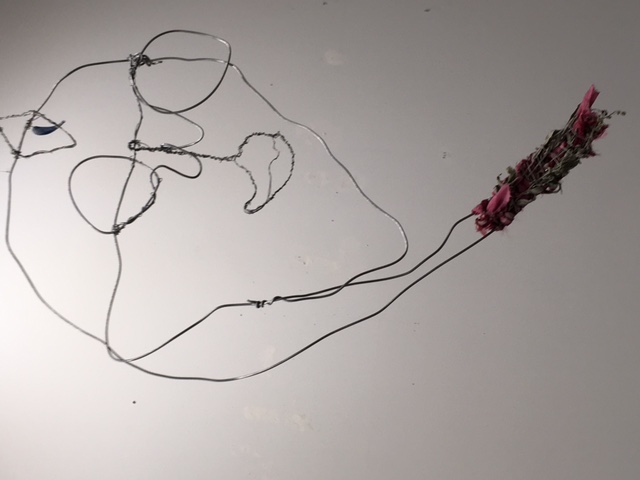
HOME
MATERIALS for the
Project
We Under One Moon W.U.O.M.
School of Radical Architecture and Urban Design
My Materials
WHAT IS ARCHITECTURE REALLY?
By Jodie McKague, October 2020
In the ABC of Architecture, James F. O’Gorman would have me believe that architecture is a human invention, something that is intentional and assembled. He asks me to believe that architecture is an art that “begins by creating habitable conditions,” (1998, O’Gorman, p.7) and then proceeds to build a checklist of rules those conditions must follow. He accepts that architecture is linear. For him, it is something that is premeditated. It is a building. It is a shelter. It is something solid and tangible to be seen with the human eye. It is something that follows a sequence of steps. There are sections and plans. There are “appropriate” materials. There are budgets. There are labels. There are forms. (1998, O’Gorman)
O’Gorman’s description of architecture is correct, or at least one of the many versions of correct. Where he is wrong however, is in his failure to acknowledge that architecture can also be so much more than all those things, and none of them at all. Because architecture is also intangible. It is not always seen with eyesight. It is the outline of a shape made by following a feeling. It’s the energetic pull of a memory or desire. It’s the assemblage of vibrations. It is the field of energy one emits while sitting in silence on the land. And, it is sweaty limbs tangled together in passion too. It is a placenta. It is groves of birch trees and blanket forts; rabbit holes and beehives. It is women sharing medicines in circle. The bent elbow cradle of a nursing mother’s arm. It is piles of leaves; a shaman’s cave. The building of a fire.
When talking about architecture, O’Gorman puts the definition neatly in a box. He never talks about feelings, curiosity, or mystery. He doesn’t acknowledge that architecture is a collaboration with the elements, and one between the human and non-human worlds. He doesn’t mention deep listening, or the need to start any project by first walking, without any preconceived ideas, barefoot on the land. His architects are masters, not servants. His views are rooted in common perceptions stuck in linear time – incomplete narratives that lack the space and generosity for new ways of seeing. His checklist is cemented to traditions of occupation. It is about action and deliverables, and never about the process of deconstructing our attachments to what keeps architecture from becoming what we have yet imagined it to be, or what we have forgotten it to be.
One person who does talk about these ideas however, is Edmonton-based sculptor, Catherine Burgess. For the last 30 years, Burgess has been cultivating a practice that she describes as being perception-based. While her pieces and installations – which tend to be quite minimal – use objects and explore form, Burgess is also interested in how her work interacts with the space it does not occupy. She is interested in creating unfamiliar space. If O’Gorman likes to organize design into a series of checklists, Burgess takes them out of the box and allows things to float. She helps objects penetrate walls. Circular plates positioned on a floor draw the viewer into a portal that is both “below and beyond” the floor plane.
Burgess tells a story of playing with states of consciousness to shapeshift from being a listener on one end of a mobile pocket dial, to merging with, and even becoming the crunch of footsteps on snow on the other end of line. This is because Burgess is committed to not knowing as much as she is committed to knowing. She courts mystery. She rests on question marks. She is adept with the concrete, and unafraid to engage with that which is liminal or untouchable. In these ways, she becomes free to explore possibility. She drops out of her security and into the flow of consciousness.
I heard Burgess speak on these ideas in October 2019 at Yorath House in Edmonton, during a lecture series hosted by the Public Foundation For Art and Life. It was called Shifting Baselines: A lecture/public conversation on how our perceptions and approaches shift through time and experiences. What inspired me to instinctively record her talk was my affinity for the obvious respect Burgess has for listening to her body and its intuition when engaging with the design process. I knew her words well because she was describing my process too. Burgess does not begin a project by drawing it out. She doesn’t make a prototype before she starts to create. She senses the work as it evolves. She is always listening. She is adapting. She is responding.
“When I make sculpture,” Burgess says, “I am dragging objects around. Sometimes just a two-inch distance or proximity between two things is the difference between a sculpture being successful and being inert. It’s building up tensions, with proximities that have to do with height and distances.” Using simple, but intentional design, Burgess is all about creating poetic spaces. Her spaces make room for metaphor. Metaphor for things, she says “we don’t know about, things we can’t know about. Usually things beyond. Or after. Or before.”
What I personally love about this process is that it leaves just as many questions as it answers. It is playful and collaborative – and not just on the human scale. Burgess recognizes the significance of ancestors and great-horned owls. She collaborates with light, shadow, silence, texture. Hers is a form of design that does not need something to be something. It honors silence and self-discovery, as much as or if not more, than it honors execution and delivery.
I find it interesting that Burgess would not likely make it into O’Gorman’s book of what an architect is or can be. Firstly, because she is a woman. Second because she has already been labelled “sculptor,” and O’Gorman’s point of view fails to acknowledge that “architect” is a community word. Really, the word “architect” can be interchanged with other labels: Witch, poet, mother, farmer, lover. \
It’s unfortunate that such labelling continues to shape the profession, because Burgess, in all her sculptor/sensing/ non-architect/ness, is precisely the type of architect / non-architect I personally aspire to be. Someone who is slow. Someone who is sensitive and sensual. A nature walker. A woman never fully sure. Sometimes lost in the flow of our collective consciousness; sometimes caught straddling the Earth and a question mark. Because like Burgess, I am more interested in listening and asking questions than I am in making a mark. I don’t need to excavate a living landscape to call myself an architect. I want to go to the dangerous edges of questions like, “What is architecture really?” and “Am I the one inventing architecture, or is architecture inventing me?”
Works Cited
O'Gorman, James F. ABC of Architecture. Philidelphia: University of Pensylvania, 1998. Print.
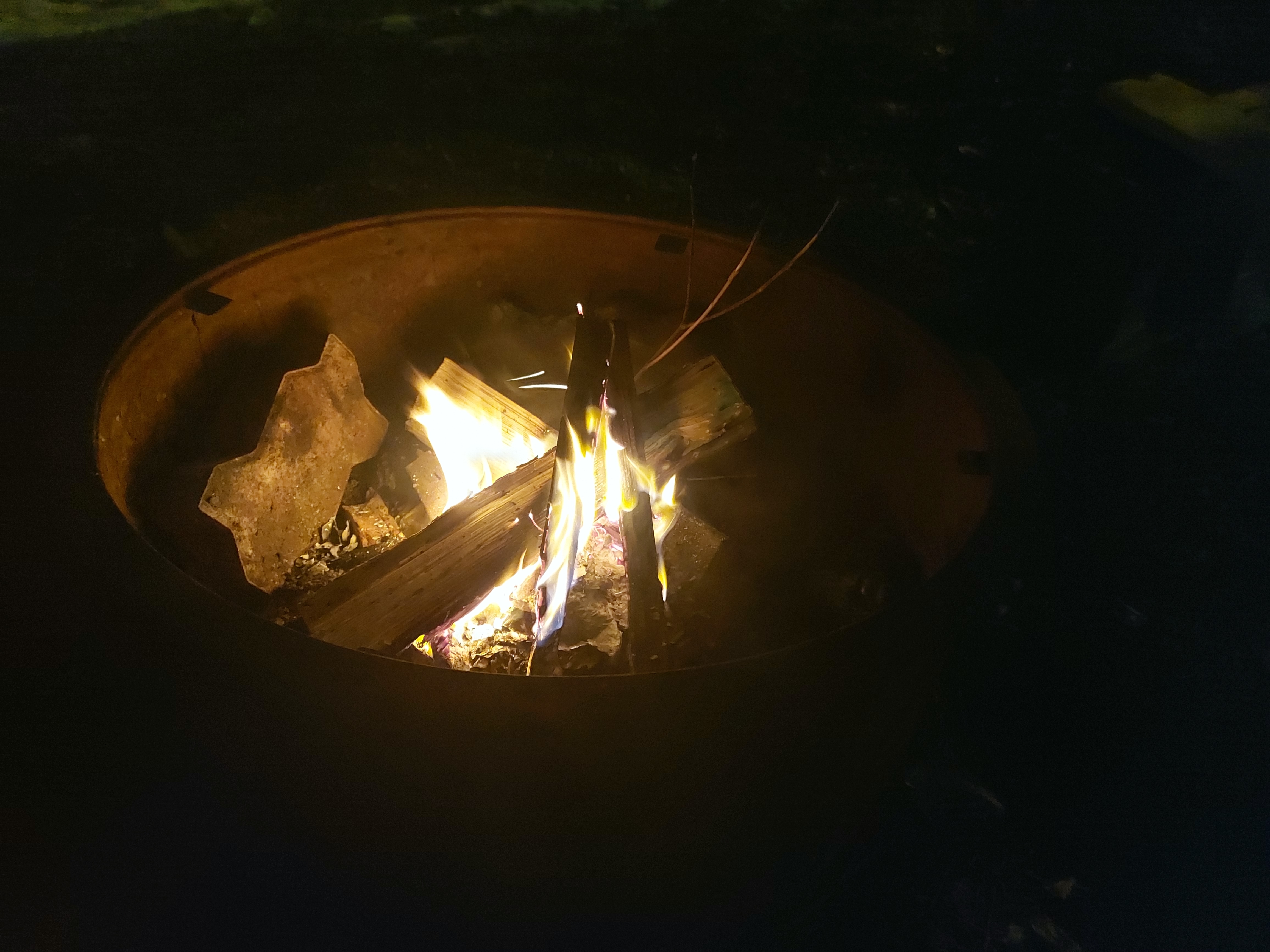

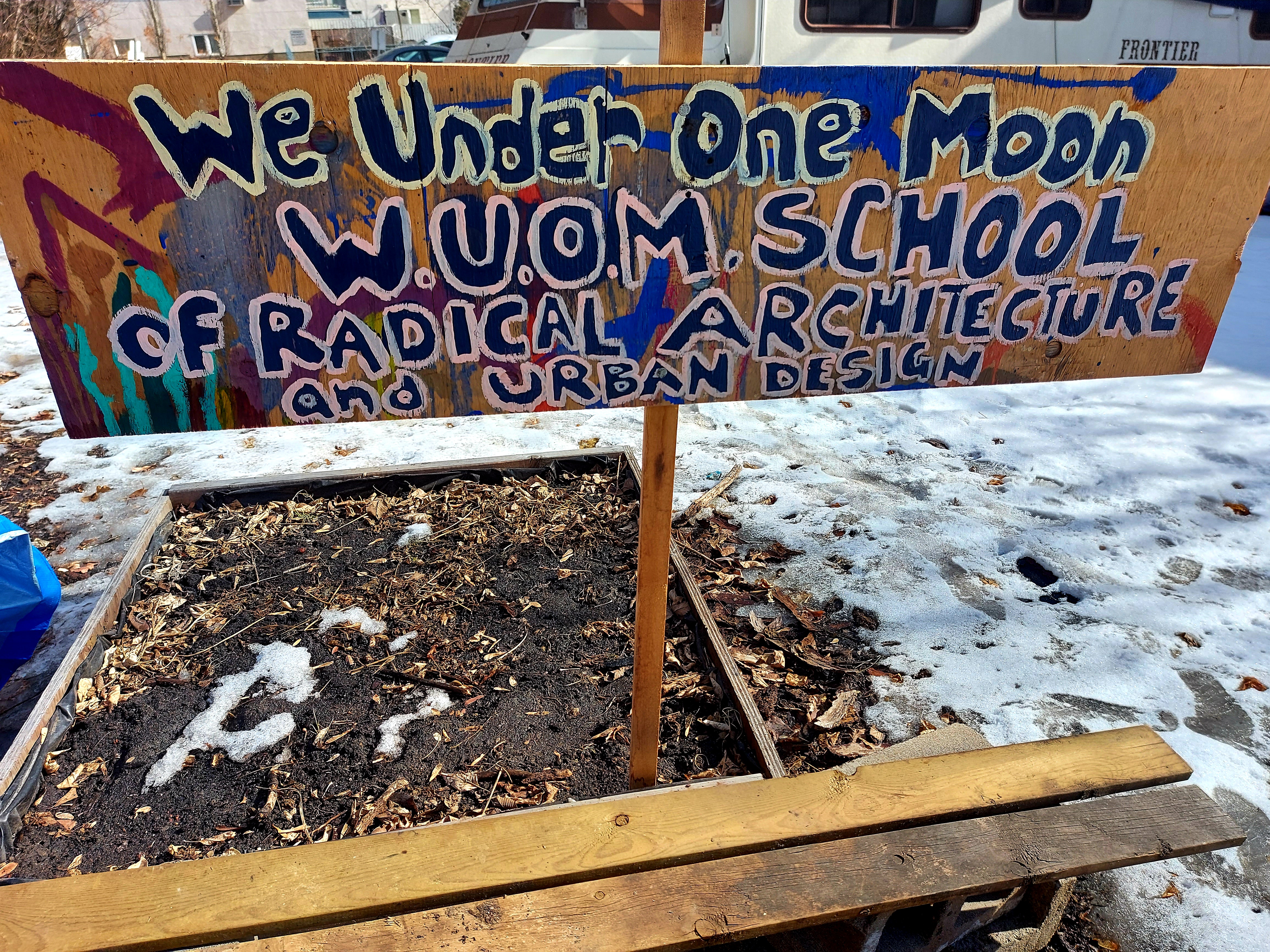
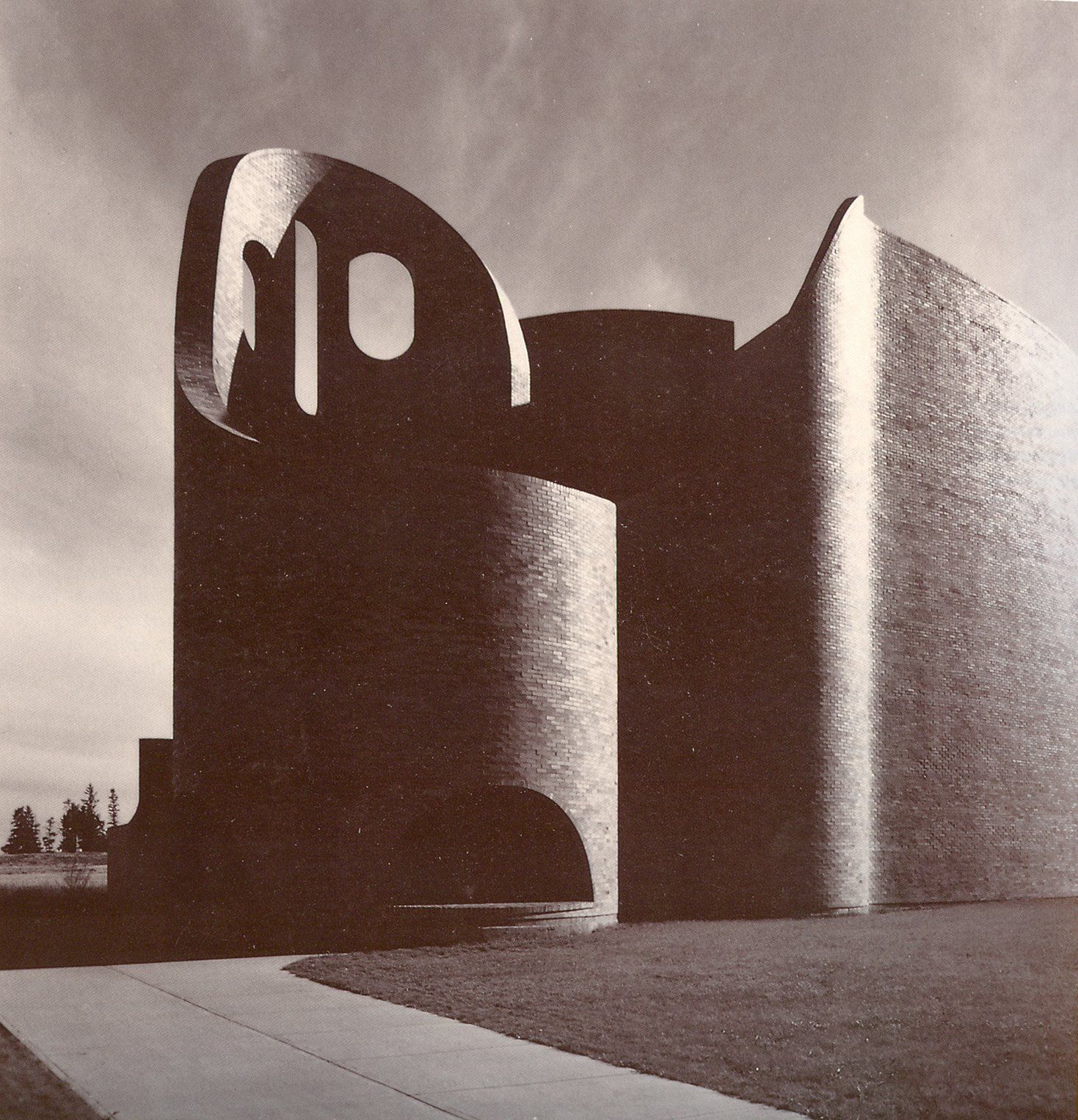
Architecture organizes space by
certain elements:
First Space: HOME
Second Space: WORK / SCHOOL
Third Space: COMMUNITY /COLLECTIVE
... all of these spaces have a place and a function. However, if we are so committed to the binary concepts of these labels, what happens when they are disrupted such as in a time of COVID where the spaces get all mixed up and we are no longer allowed to use some of them?
In the same way, what happens when we commit to binary views of the world, whether it be:
gender
art making
age
ways of learning
technology
science
religion
fear
TOPICS I DRAW FROM IMAGES:
architecture and the feminine
Celtic mythology
Bodies as architecture
toxic masculinity and the female gaze
space holding
architecture and forms that create circles of holistic community and energetic flow - especially in ways that support the feminine as a energy or principle
exploring consistencies between music, colour, mass, and the energy field of the human body
advanced information being accessed through meditation, root systems, bodies of water and telepathy
explore how patriararchial systems have created material form we are now questioning and have created for bodies of all genders and life forms, toxic ways of moving through time and space
Isabelle's father is an architect. He can't practice as an architect in Canada... so does that still make him one?
OF COURSE
So how does the institutionalization of knowledge prevent people from developing and sharing their gifts?
What is the language or framework for being who you truly are outside of the constraints of binary rules and conditions?
JOHN GOT ME THINKING ABOUT THIS:
How am I committed to binary thinking by resisting certain aspects of technology and moving from a place of "age" rather than spirit, when i am clearly being influenced and inspired by my classmates - through technology - and many of my classmates are different ages than me yet I feel we are on the same wave length?
When I review the traces of these images inspired by a material, I am reminded that I always knew what moved me, but I didn't always listen.
Sometimes I made choices for validation and to fit into conditioning. I wanted to belong, but sometimes that meant not belonging to my own self.
This often happens to artists/ architects/ scientists/humans too
As I learned to listen to my own self, I began to make choices that were more harmonious with my inner life, and I began to attract the teachers
who resonated with me - most often outside of institutions.
This also enabled me to be confident to think in less BINARY terms
But I still longed to belong to something .... to a movement or a group. COMMUNITY
I went back to school to study art because I wanted to get into architecture school. I expected to find in both places "community" or "comfort" but instead I often found the same rigid thinking and commitments to ways of teaching that hurt me.
DID I BELONG THERE?
I began to notice that my classmates were really inspiring me with their own work and questions. I began to feel like I was part of a weaving in these classes.... their ideas were weaving into mine...
This ONLY happened in classes where teachers were good at "holding space" for the students.
THIS IS RARE
How can I create a practice that allows me to be integrated into my own value system so that I can move in and out of first, second and third spaces in a fluid way without seeking validation or without being closed to what scares me because it is different or inaccessible?
How can I use this NEW SPACE to be my guidepost for how I want to learn and how I want to move through all aspects of my world, regardless of how I am told something SHOULD BE
W. U. O. M. SPACE
I was inspired by my classmates:
person making art dedicated to Queen just for fun. ThIS IS AWESOME AND BRAVE
Asking a classmate if they are a scientist... why must we label curiosity in binary forms? Why can't they be MULTITUDES???
Classmate who seems the womb as a portal and ovaries as flowers. I DO TOO
Given that we have a limited time here on earth, I came to the conclusion that I would fight for my own personal goals and beliefs. I made this clear in a willful proclamation to myself adopting a guerrilla mentality and declaring I will use my profession to resist deprivation of freedom, and with belief in myself, fight against the status quo."
- Tadao Ando, Architect
+
As I develop W.U.O.M. Space, I would like to hold space for your dreams.
For my final project, will hold a ceremony to aknowledge all of my classmates and hold space for your dreams.
I would also like to create a Talking Stick for my circle with materials gathered from each classmate who wants to participate, so that you become a part of my dream.
How you can participate:
Please mail to me your dreams for what you want to manifest through your artistic practice. These can be for me to read or sealed so I can burn them on your behalf.
Please also include a peice of material or object I can attach to my talking stick
Go inward so deep that we find knowledge beyond out intellect... a knowledge that is passed on thorugh our ancestors." DOUGLAS CARDINAL
W. U. O. M. SPACE is about listening and sitting with myself without knowing the end goal. It is an evolving school of thought.
Like the BAUHAUS movement required students to take a 6-month intro year to "forget everything they had learned in art school" I intend to take 6-months to listen around a fire to "forget everything I have learned in school"
Wuomb
+
MOON
Go IN
TO
Go OUT
Tawny